New Patient Enrollment Form

Use this new patient enrollment form to easily on-board new patients. It gathers all information necessary for your doctor office or clinic to enter a patient into your records.
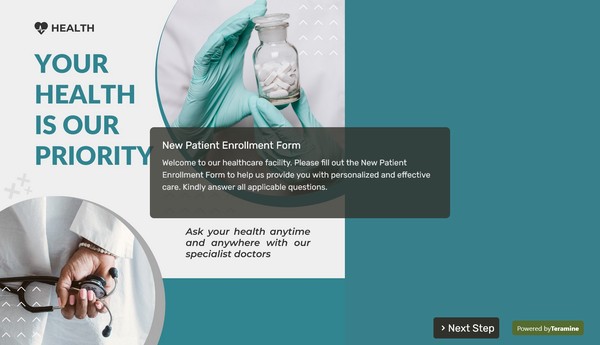
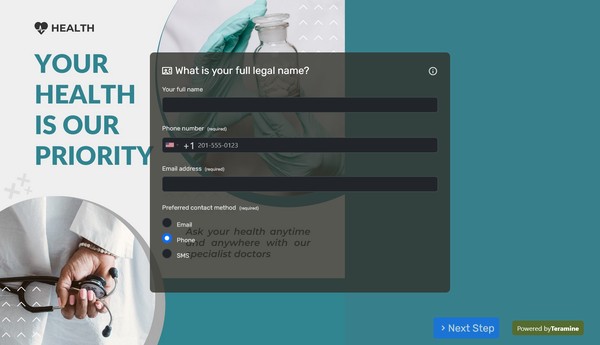
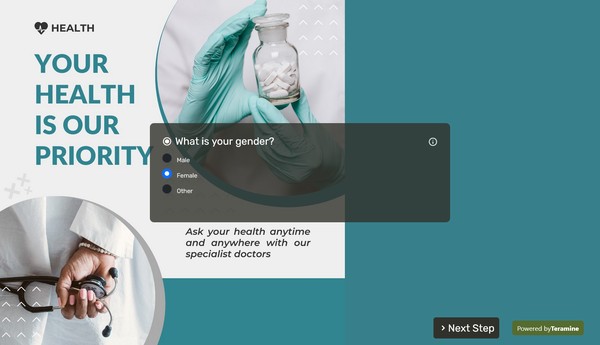
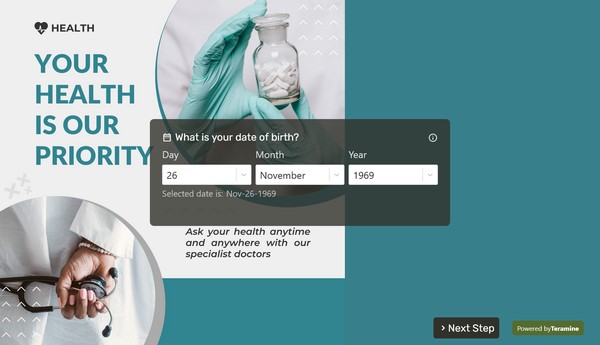

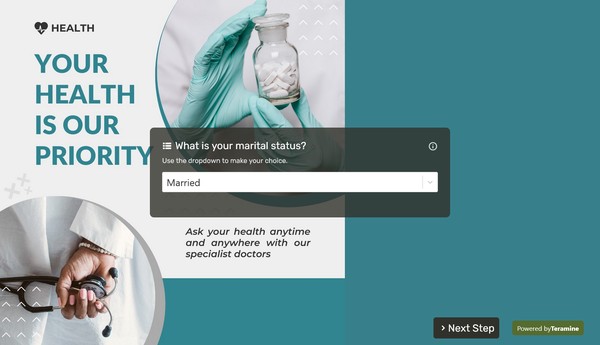
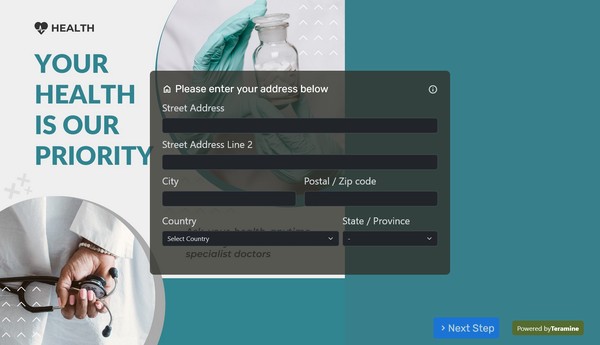
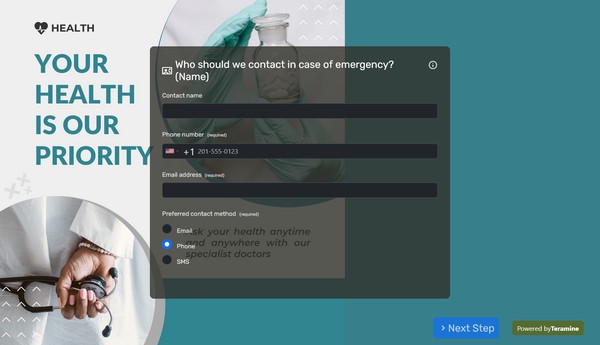
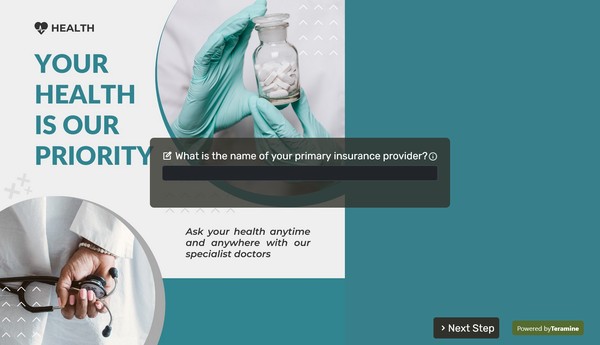
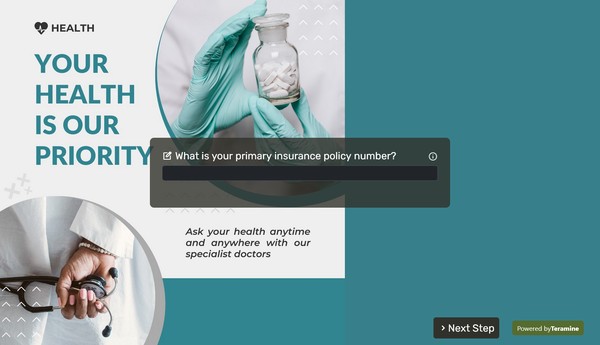
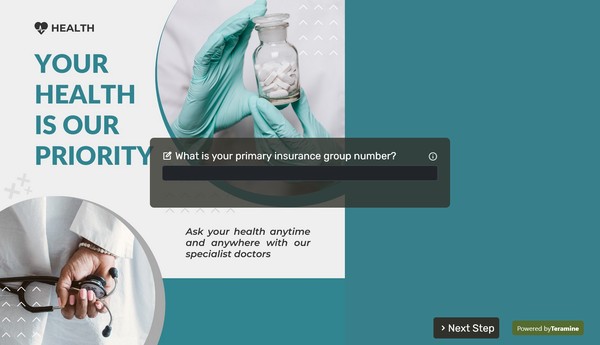
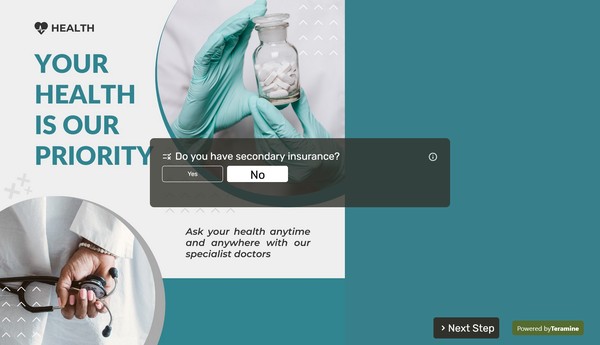
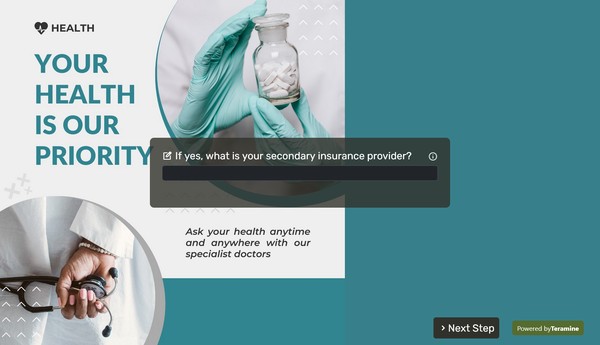
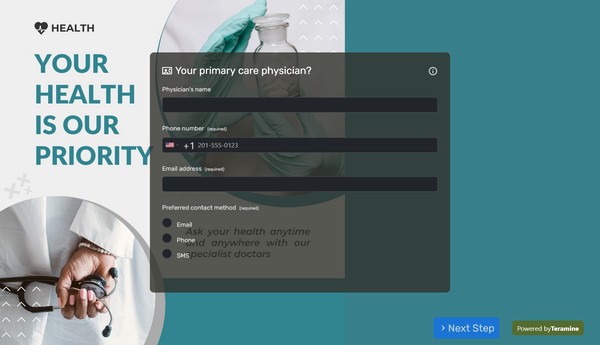
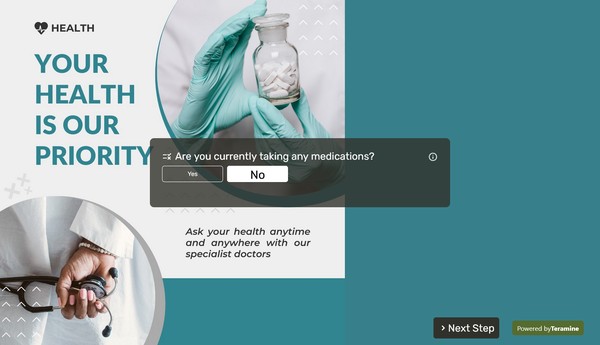
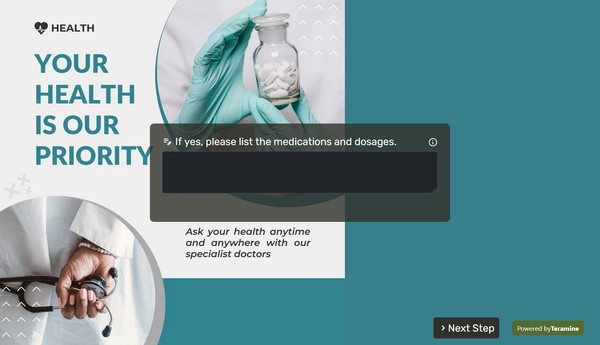
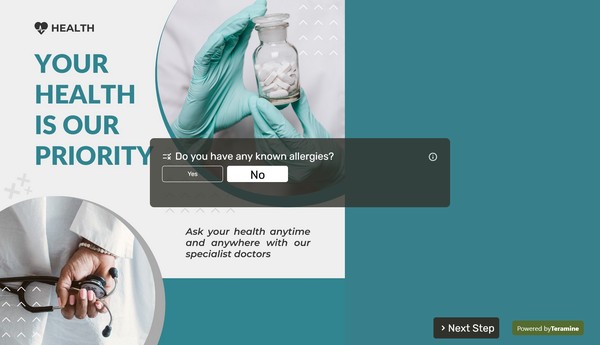
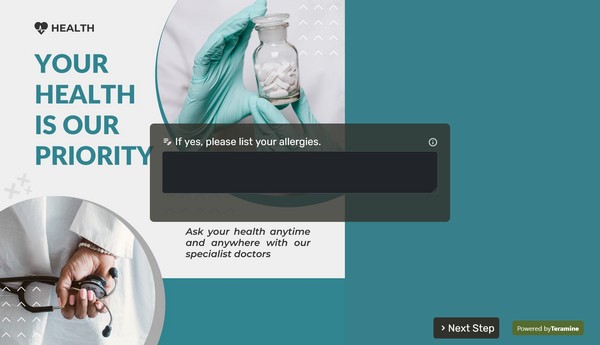
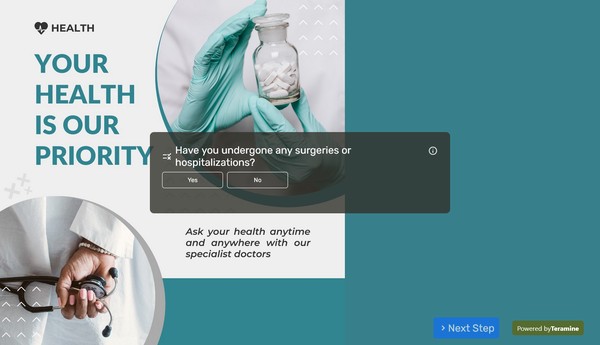
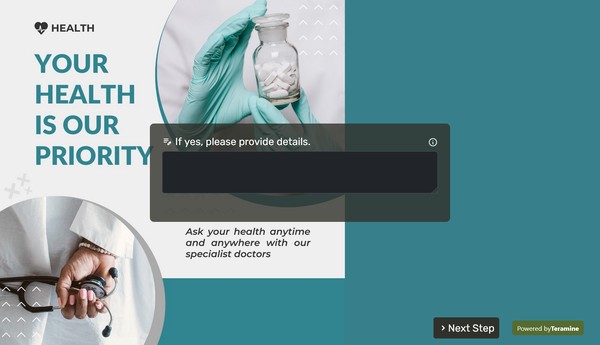
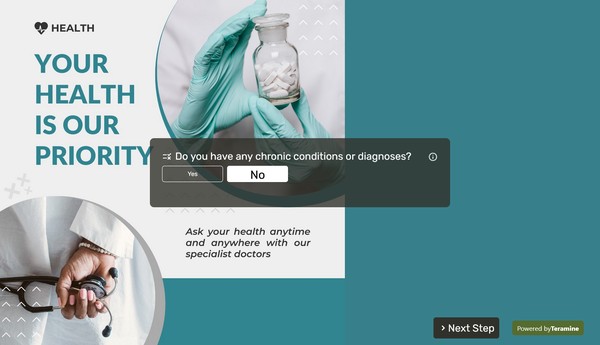
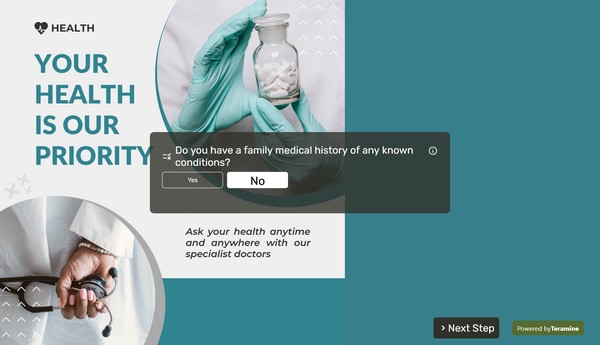

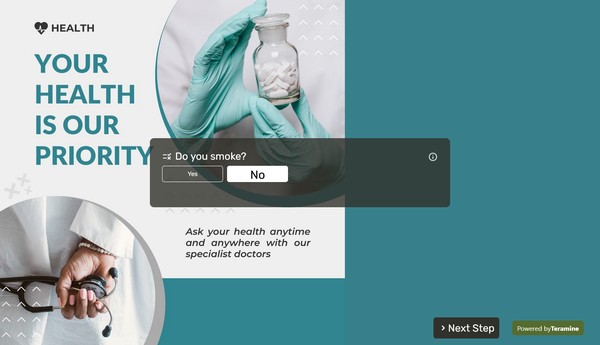
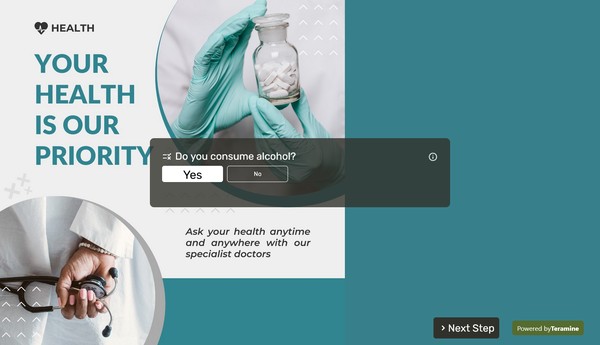
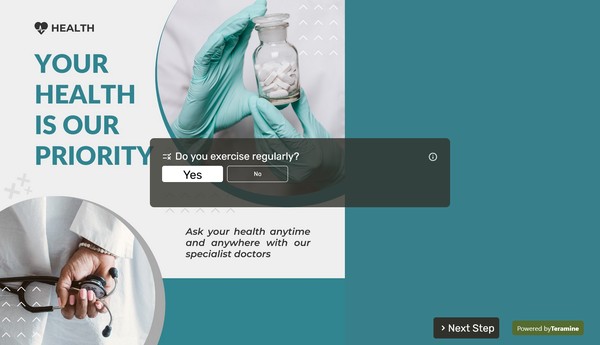
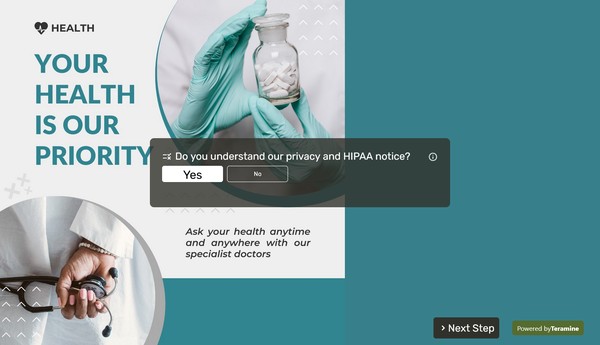
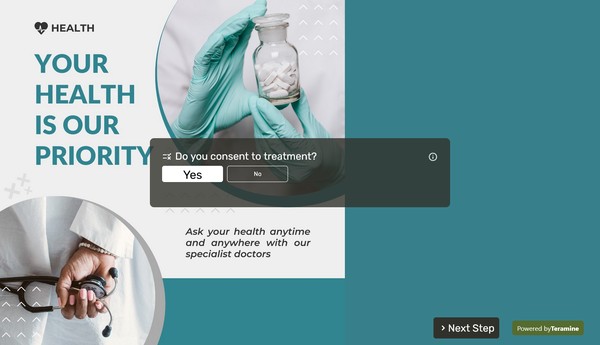
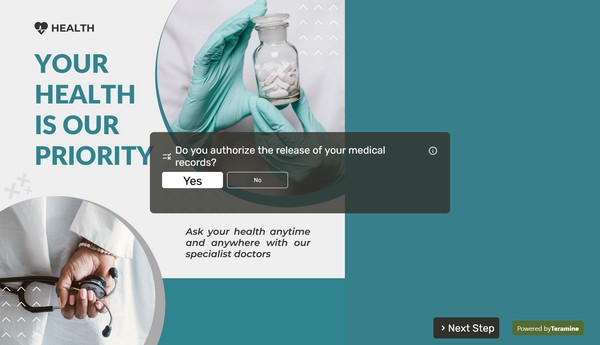
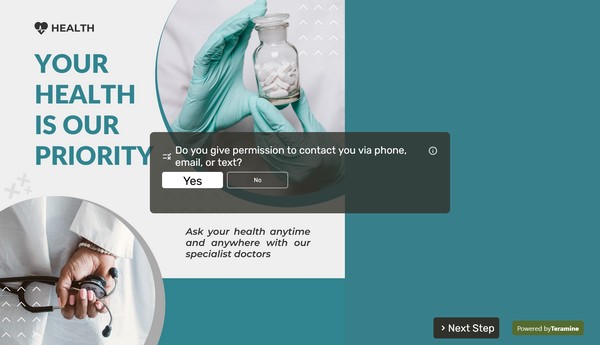
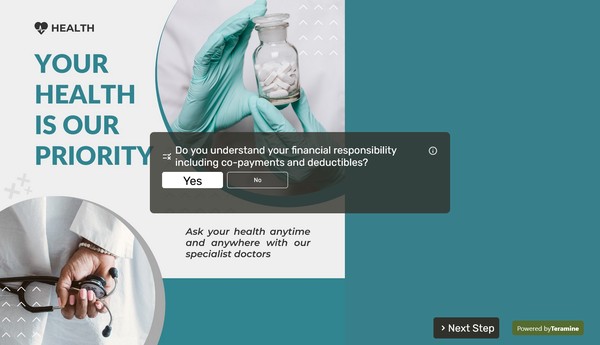
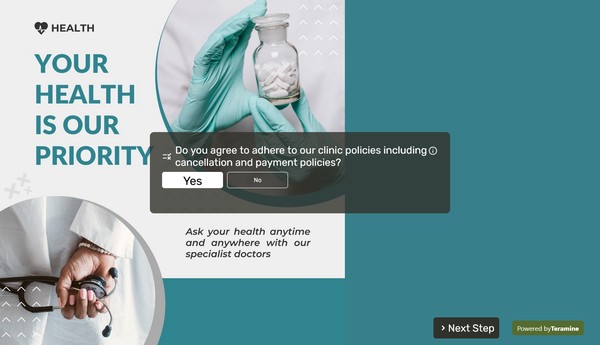
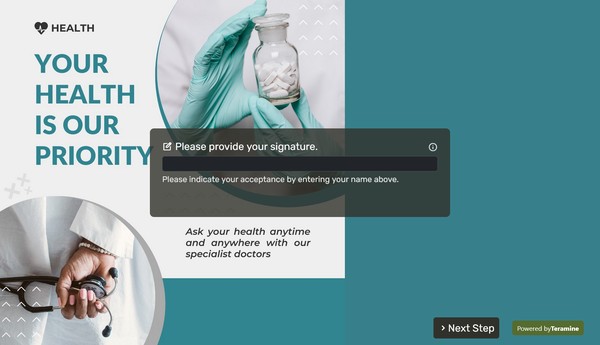
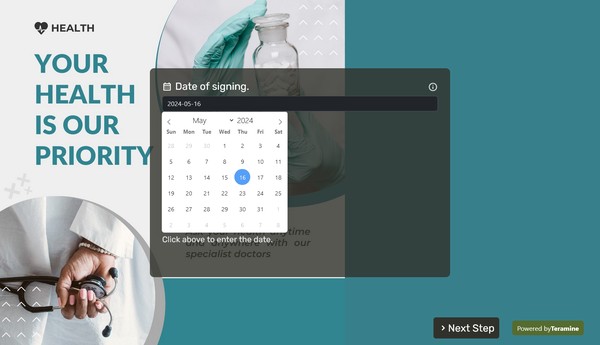
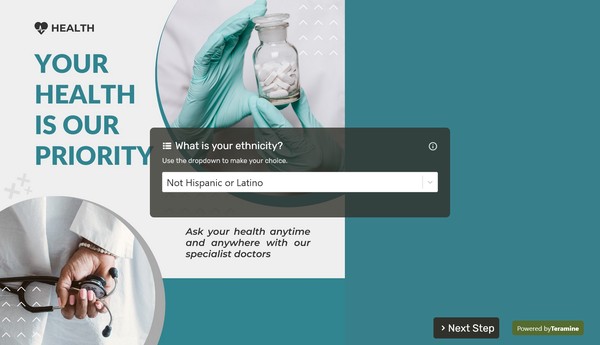
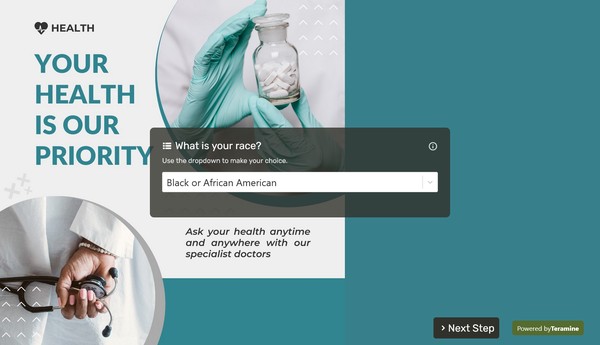
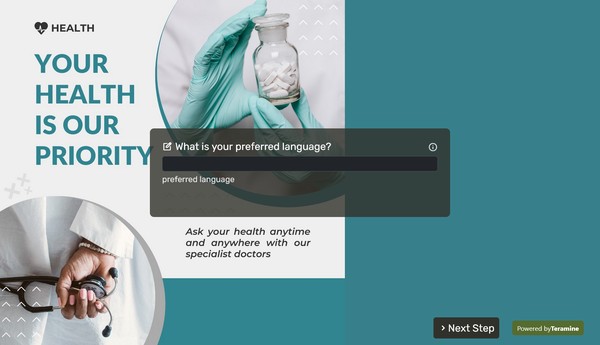
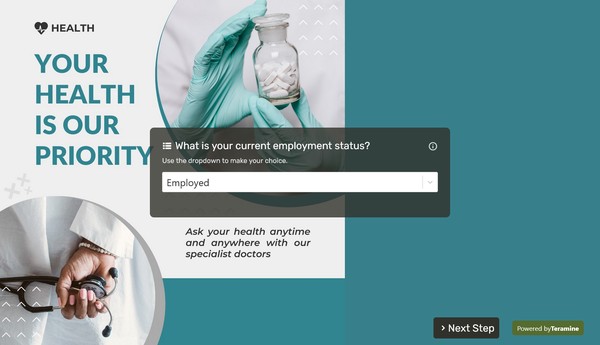
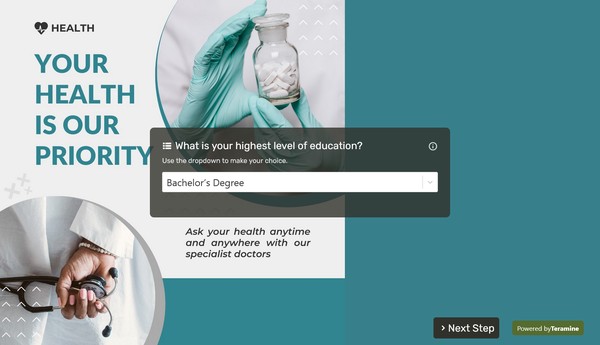
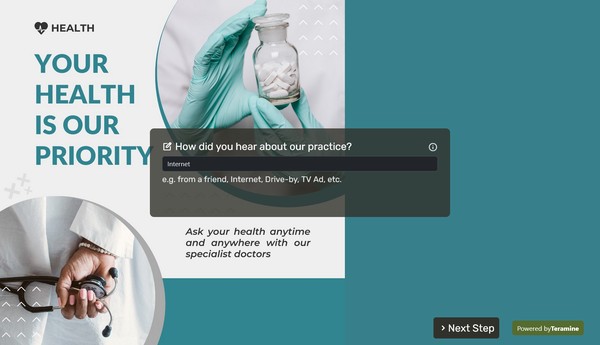
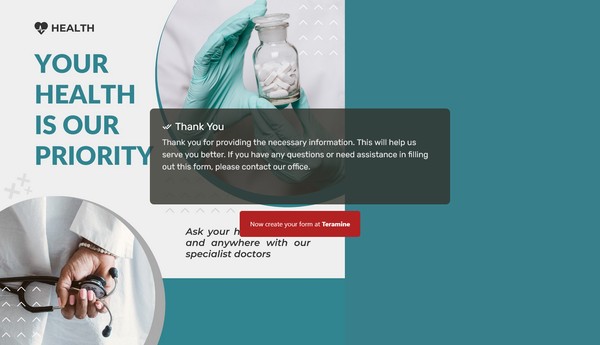


New Patient Enrollment Form FAQs
A New Patient Enrollment Form is a formal document used by healthcare providers to collect essential information from individuals seeking medical services for the first time. This form serves several critical purposes, including:
Patient Identification: It gathers personal details, such as the patient’s name, date of birth, address, and contact information, ensuring accurate identification.
Medical History: The form typically includes sections for past medical history, current medications, allergies, and family health history, which are crucial for providing appropriate care.
Insurance Information: Patients often provide details about their health insurance coverage, enabling the healthcare provider to verify benefits and streamline billing processes.
Consent to Treatment: The form usually contains sections for obtaining informed consent, allowing the provider to proceed with necessary examinations and treatments.
Privacy Acknowledgment: Patients typically acknowledge receipt of the provider’s privacy policy, ensuring compliance with regulations such as HIPAA (Health Insurance Portability and Accountability Act).
Overall, the New Patient Enrollment Form is an integral component of the patient intake process, facilitating effective communication and administrative efficiency within the healthcare setting. It ensures that healthcare professionals have the necessary information to deliver high-quality care while adhering to legal and ethical standards.
A New Patient Enrollment Form is a critical document that helps healthcare providers gather necessary information to ensure optimal patient care. Below is a comprehensive list of elements that should be included in such a form:
Patient Information:
- Full name (first, middle, last)
- Preferred name
- Date of birth
- Gender
- Address (street, city, state, ZIP code)
- Phone number(s) (home, mobile, work)
- Email address
Insurance Information:
- Primary insurance provider name
- Policy number
- Group number
- Name of the insured (if different from the patient)
- Secondary insurance provider (if applicable)
- Policy number and group number for secondary insurance
Emergency Contact Information:
- Name of the emergency contact
- Relationship to the patient
- Contact number(s)
Medical History:
- Primary care physician’s name and contact information
- Current medications (please list)
- Allergies (including medication, food, and environmental allergies)
- Previous surgeries or hospitalizations
- Chronic illnesses or conditions
- Family medical history relevant to care
Lifestyle Information:
- Tobacco use (current, former, never)
- Alcohol consumption (frequency and amount)
- Exercise habits
- Dietary preferences or restrictions
Reason for Visit:
- Reasons for seeking medical attention
- Specific concerns or symptoms
Consent and Acknowledgment:
- Consent for treatment
- Acknowledgment of the privacy policy and HIPAA compliance
- Consent for sharing medical records with other providers (if necessary)
Additional Information:
- Communication preferences (e.g., phone, email, text)
- Language preferences
- Accessibility needs (if any)
Signature and Date:
- Patient signature
- Date of signing
It is essential that the form is designed clearly and concisely to facilitate ease of completion for patients and ensure that all necessary information is collected for quality healthcare delivery.
Utilizing a New Patient Enrollment Form offers numerous benefits that can streamline processes and enhance patient care within a healthcare setting. Key advantages include:
Comprehensive Data Collection: The form captures essential patient information, including demographics, medical history, and insurance details. This ensures that healthcare providers have the necessary information to deliver tailored care.
Improved Efficiency: Standardizing patient information collection reduces the time spent during the intake process. This efficiency allows healthcare staff to allocate more time to patient care and other essential duties.
Error Reduction: A well-structured enrollment form minimizes errors associated with manual data entry. It helps ensure that clinical information is accurately documented, which is crucial for diagnosing and planning treatment.
Enhanced Regulatory Compliance: Maintaining accurate and complete patient records is essential for compliance with healthcare regulations. A New Patient Enrollment Form helps facilitate adherence to HIPAA and other relevant standards.
Streamlined Communication: By having all pertinent patient information compiled in one place, communication between healthcare providers, administrative staff, and patients is greatly improved, fostering a collaborative approach to patient care.
Better Patient Experience: A clear and straightforward enrollment process enhances patient satisfaction. Patients appreciate efficiency and the professionalism that comes with a well-organized intake system.
Foundation for Future Visits: Collecting comprehensive patient data at the outset establishes a solid foundation for all future interactions. It aids in tracking patient history and streamlining follow-up appointments.
Facilitation of Insurance Verification: Gathering insurance details upfront enables quicker verification processes, which can reduce delays in treatment and billing issues.
In summary, implementing a New Patient Enrollment Form is a strategic initiative that not only optimizes operational efficiency but also significantly enhances the overall patient experience. Investing in this tool ultimately supports better health outcomes and strengthens the practice’s reputation.









































